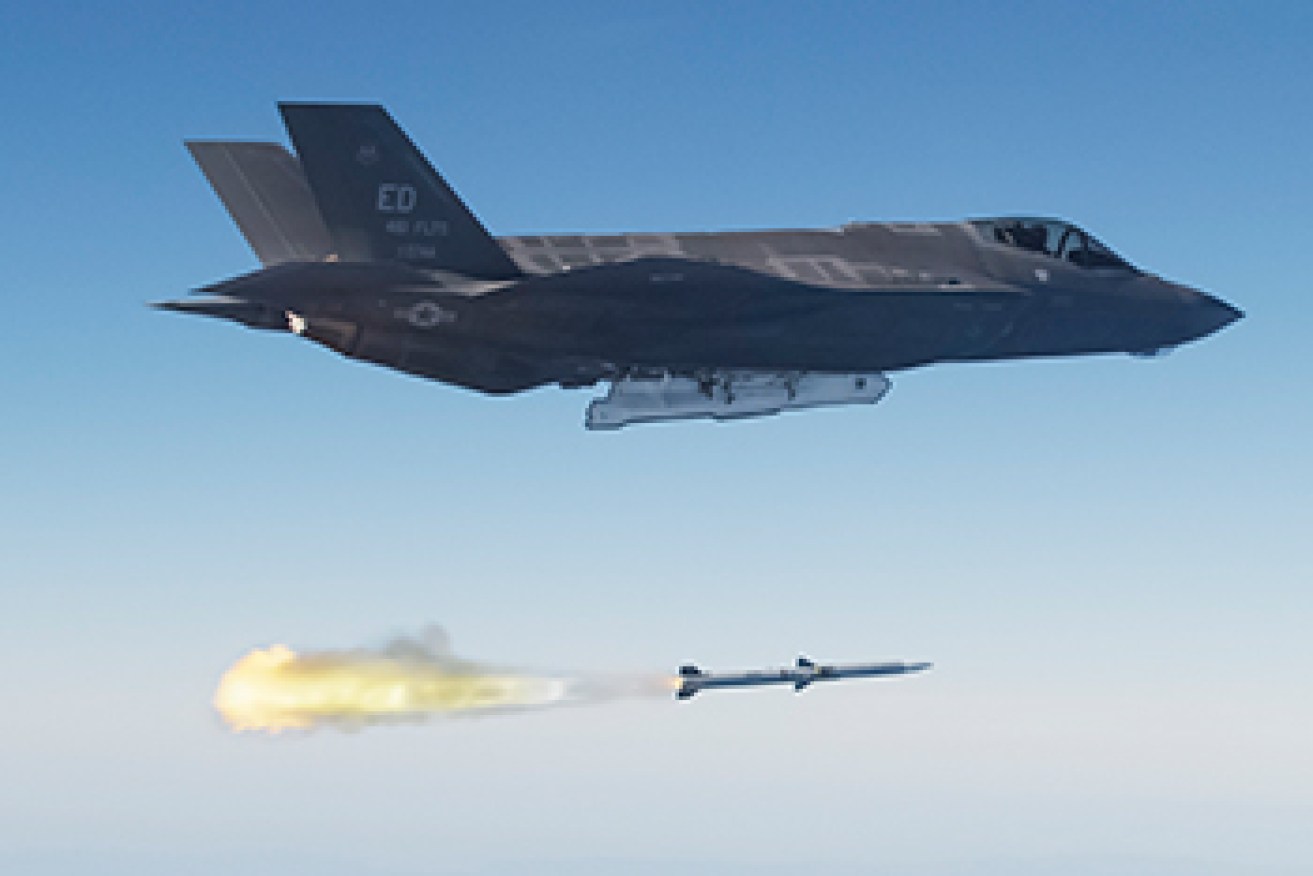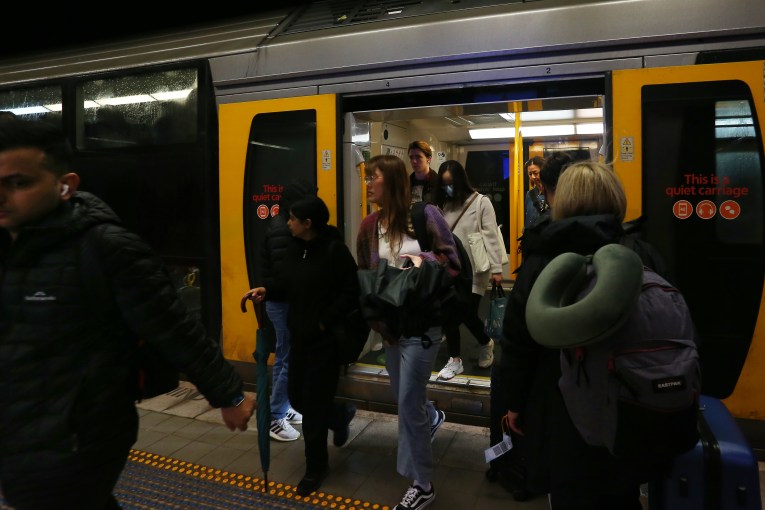Will PM’s $12b jet spend pay off?

On the eve of the release of a federal belt-tightening program, Tony Abbott’s announcement of a plan to buy 58 of the world’s most expensive fighter jets hardly seems to fit his insistence on frugality.
But the $12 billion spree – more than double the cost of his proposed parental leave scheme – is likely to brook little dissent from the opposition or from commentators.
Most believe the F-35 Joint Strike Fighter is a necessary, albeit expensive, way to hedge against China’s growing military and to ensure Australia’s air force retains an “edge” in the coming decades as it replaces its ageing fleet of aircraft.
Indeed, the loudest complaint since the announcement in Canberra has been from a Western Australian Liberal MP, Dennis Jensen, who repeated his long-held position that the JSF is a “dud”.
Jensen’s complaint harks back to ongoing concerns about the development of the JSF and its long run of design flaws, software failures and hefty cost overruns.

Tony Abbott sits inside a new fighter jet. Photo: AAP
Cost overruns
While such problems are standard fare for big-ticket defence items, the JSF has set new records. It is almost a decade behind schedule and has run almost $200 billion over budget.
But most observers believe the problems are being addressed, especially as the United States government has shifted some of the control away from the developer, Lockheed Martin.
There are still ardent critics – such as Jensen – who believe the plane is unreliable and excessively risky.
But most analysts now believe the plane will fly and will be the world’s most advanced fighter jet.
The larger question is whether it is worth the cost, especially given the extensive cuts that are likely to be unveiled along with a budget audit due to be released in days.
Aware of the inconsistency, Abbott was quick to point out that the money for the new planes was not “new spending”. Of course, the budget audit is likely to flag cuts to “old spending” – and Abbott could easily have saved billions of dollars by dumping or scaling back the JSF purchase. The Greens noted the $12 billion purchase hardly reflected budgetary restraint, saying Abbott should be focusing on pensions rather than “poorly performing planes”.
Staying the course
But defence analysts largely believe that abandoning the purchase would have been unwise.
Dr Andrew Davies, from the Australian Strategic Policy Institute, said the JSF is more advanced than any aircraft operated or being developed by China or Russia and will ensure the ongoing strength of Australia’s air force. The JSF, he says, will bolster the alliance with the United States and ensure strong cooperation with the US air force, which will also rely on a fleet of the new aircraft.
“It is a lot of money – there is no doubt about that,” he told The New Daily. “Every generation of air equipment costs more than the previous one. Three years ago I was very sceptical because the program looked like a bit of a mess … They [the Pentagon] have gripped it up well and made good progress in the last two or three years.”
The decision to purchase JSFs was made by John Howard more than a decade ago but received a strong endorsement from Kevin Rudd, whose ambitious, big-spending 2009 defence white paper committed to buying 100 of the jets, along with supporting systems and weapons. The paper, which expressed deep concerns about China’s rising power, concluded that the JSF was crucial for ensuring Australia’s air capability and that it would be fitted with a special weapon for targeting “maritime” threats such as ships and submarines.
“The JSF’s combination of stealth, advanced sensors, networking and data fusion capabilities… will ensure Australia maintains its strategic capability advantage out to 2030,” the paper said.
 Time for renewal
Time for renewal
The problem facing Australia’s air force is that its 71-strong fleet of 1980s vintage Hornet aircraft will be phased out from the early 2020s. Aside from committing to the purchase of 14 JSFs, the Labor government bought a fleet of Super Hornet aircraft – partly due to the delays in the delivery of the JSF – and ordered 12 Growler electronic warfare aircraft.
The incoming Abbott government could have decided to buy more Super Hornets and dump the JSF.
But Abbott has long committed to boosting Australia’s military and reversing the defence spending cuts that followed the 2008 financial crisis. He is a fervent supporter of the US alliance – and Washington will no doubt strongly welcome the decision to commit to a large-scale defence outlay, particularly on a US-developed piece of hardware.
“On balance it is the right thing to do,” says Dr Davies. “They need to replace the Hornets with something. They may as well go top shelf – the JSFs will last 30 to 40 years.”
Jonathan Pearlman is the Australia-Pacific correspondent for London’s Daily Telegraph








